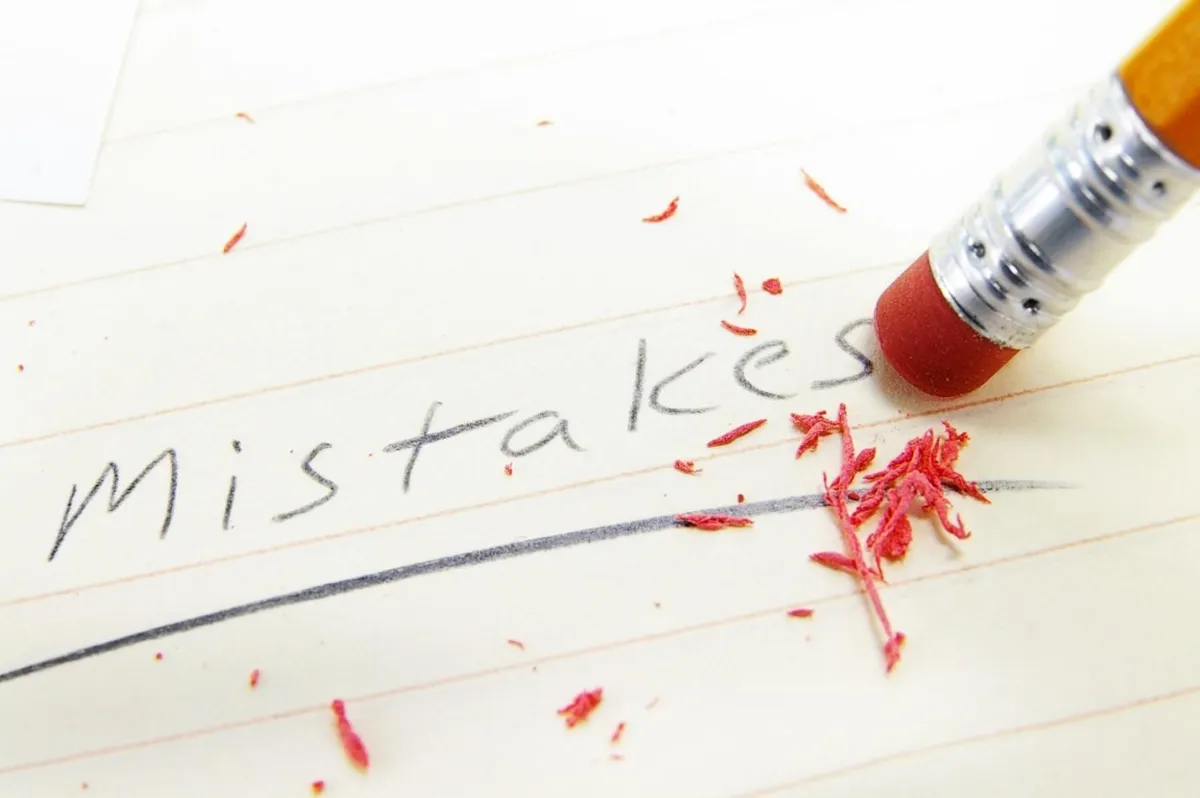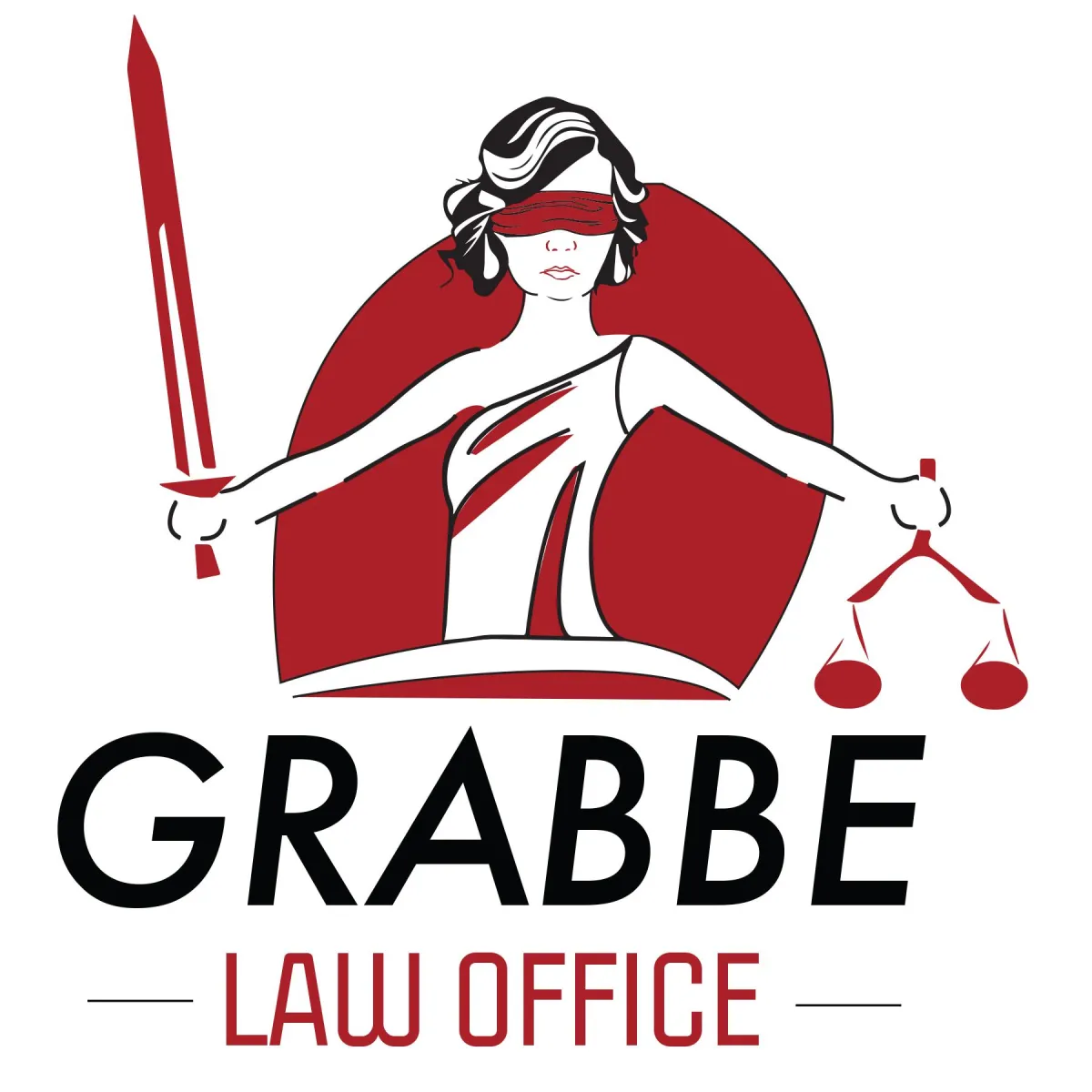Welcome to the Blog!

Common Trademark Mistakes
Applying to register a trademark with the United States Patent and Trademark Office (USPTO) is a critical step for many businesses. An approved registration can provide many protections, such as helping to ensure that a brand’s reputation is not negatively impacted by imposters, that the brand can be easily recognized by consumers, and that the brand’s trademark protections will be legal across all states. The process of applying for a trademark can be long and confusing, and a seemingly minor error can lead to the disappointment and frustration of a rejected application. Avoiding a few common trademark mistakes can increase the chances of getting approved. To learn more about the trademark application process and for help performing a preliminary search of your trademark, consider contacting an experienced intellectual property attorney at the Grabbe Law Office here or calling (785) 621-4711 to schedule a consultation.
Failing To Register a Trademark
Particularly when a small business is just getting started and money is a concern, many business owners believe that they can use a trademark without registering it. While this is technically true, it does not offer the protection that a registered trademark would. First, an unregistered trademark only offers protection in a limited geographic location where the business is located, which can limit a business’s growth.
Using an unregistered trademark offers no protection against infringement. If a small business owner is using a trademark, but someone else registers it before the business owner does, the registered trademark owner can take legal action for infringement. A lawsuit for trademark infringement can financially devastate a small business.
Skipping a Thorough Trademark Search
If a business owner is attempting to register a trademark that conflicts with an already registered trademark or one whose application has already been filed, then that new application will be rejected. The United States Patent and Trademark Office (USPTO) provides a searchable database of registered trademarks. Unfortunately, many people only do a basic search or do not understand all the elements that they should be looking for when using the Trademark Electronic Search System (TESS).
One common source of confusion for new business owners relates to the requirements for uniqueness or originality in trademark distinctiveness. Two trademarks do not have to be identical to be considered too similar for the newcomer to be registered as a trademark. The marks just have to be similar enough to be confusing. Similar enough means that they can be visually similar or have similar sounds or meanings while also being used with related goods or services.
Forgetting To Monitor the Trademark Application
Once the trademark application has been submitted, it is important to keep track of its progress. The USPTO can issue letters called “office actions” to explain problems or issues with the application at any point during the process. These office actions include details about how and when to respond to resolve the noted issue.
Failure to respond to an office action within three months of issuance can result in the application being abandoned or canceled. Abandoned or canceled applications may require new fees before they can be reinstated. Business owners can track their application using the USPTO’s Trademark Status and Document Retrieval system to see when office actions have been issued.
Failing To Enforce Trademark Protection
Once the trademark has been approved, it is the business owner’s responsibility to enforce the trademark and, when necessary, bring legal action against someone who infringes on the trademark. Failure to take action when needed can result in losing trademark rights.
Many trademark owners develop a strategy for sustained vigilance to help them safeguard their trademarks against potential infringement. An intellectual property attorney from Grabbe Law Office can provide trademark monitoring and watch services to assist your business with trademark enforcement.
Neglecting To Maintain the Trademark
One of the most common trademark mistakes is neglecting to maintain the trademark once it has been approved. Getting the trademark approved does not mean that the trademark registration and protection process is complete. According to the USPTO, a trademark owner must meet certain renewal deadlines. Trademarks must be renewed:
● Between the fifth and sixth year
● Between the ninth and 10th year
● Every 10 years thereafter
A trademark can be canceled if any renewal deadline is missed. Additionally, the trademark must be used consistently throughout the time between renewals. If a business stops using its trademark with a good or service identified in the trademark application, the trademark owner should update the registration to reflect that change.
Identifying the Wrong Party as Trademark Owner
Another common trademark mistake is identifying the wrong party as the trademark owner. The application must name the trademark owner’s legal name, or the trademark owners’ names if the trademark is the intellectual property of multiple partners, and the entity type, such as individual, sole proprietor, corporation, partnership, LLC, or other business entity. If more than one person owns the trademark, they must all be listed. The application cannot be revised later to add or correct names, nor can ownership be assigned to someone else later in the trademarking process.
The trademark owner does not have to be the person completing the application. However, they must be correctly identified, or the application may be rejected. A new application will need to be filed with the corrected information, and all filing fees will have to be paid again.
Incorrectly Identifying Goods or Services
When applying for a trademark, the application must specify the goods or services the applicant uses or intends to use the trademark with. With 45 categories, 34 for products and 11 for services, identifying the goods or services is not necessarily as simple as it sounds.
There is more to identifying goods and services than just checking the right box in the right category. For example, a collared shirt and a shirt without a collar are considered two different goods for the purposes of identifying the goods and services a trademark will be used with. If a business owner plans to sell both kinds of shirts, he or she must specify that intention or risk not being protected in one category. If the business owner only intends to sell a collared shirt but marks shirts without collars, the application may be rejected.
Get Help Avoiding Common Trademark Mistakes Today
Applying to register a trademark requires accessing and organizing an extensive collection of detailed information and a significant investment of time. While it is possible for a new business owner to complete the process to get a registered trademark, these common trademark mistakes represent only a small portion of the potential headaches an inexperienced applicant may encounter. If you are ready to move forward with your trademark application, consider consulting with an experienced intellectual property attorney at Grabbe Law Office by clicking here or calling (785) 621-4711 to review your trademark information and find out what obstacles you may face with your application.








